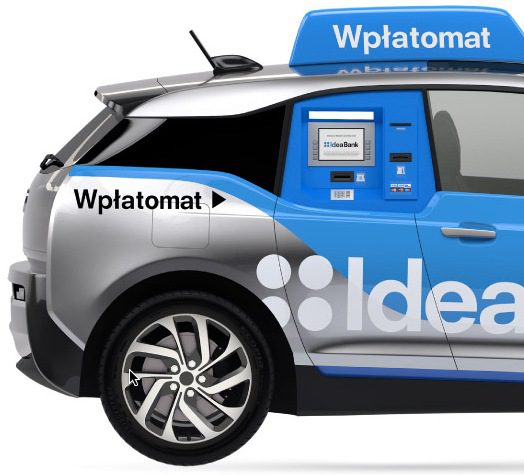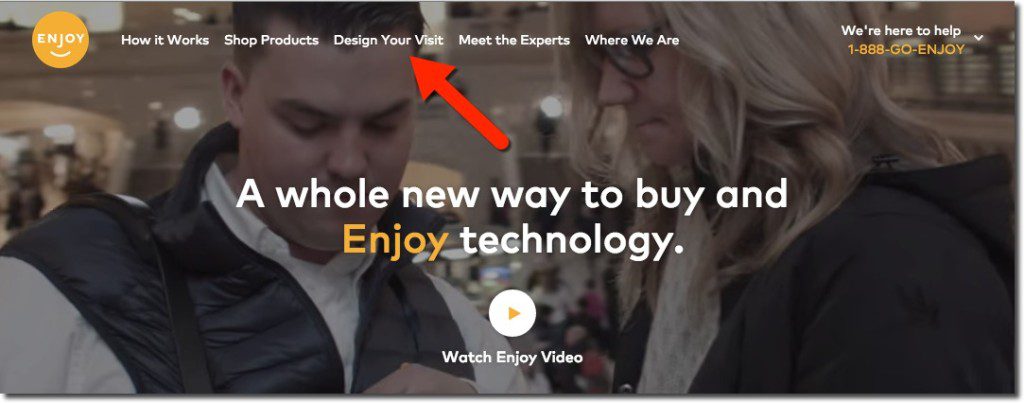 There continues to be a healthy debate about the future of bank branches. Usually the focus is on whether bank customers of the future will go to physical branches for help. The answer to that depends not only on consumer preferences—clearly a large segment desires a branch option— but also on costs to deliver on those preferences.
There continues to be a healthy debate about the future of bank branches. Usually the focus is on whether bank customers of the future will go to physical branches for help. The answer to that depends not only on consumer preferences—clearly a large segment desires a branch option— but also on costs to deliver on those preferences.
The bigger question: To what extent do consumers want to interact with humans to optimize their financial experiences? And if human interaction is still needed/desired/preferred, how can it be most effectively delivered accounting for cost, effectiveness, customer satisfaction, revenue generation, and so on.
We’ve looked at technology solutions—chat, call backs, IVR, etc.—over the years. But one area we haven’t explored here is the idea of delivering the human help at the customer’s location instead of at the bank’s. I got to thinking about it after hearing an interview with Ron Johnson at today’s Collision conference. Johnson, the mastermind of Apple’s retail stores, and former JCPenney CEO, just launched Enjoy, which adds a human component to the buying process for higher-end electronics (screenshot below, news coverage).

Like Best Buy’s Geek Squad, when you buy something online at Enjoy, one of its employees actually delivers and sets up your new equipment (currently only in San Francisco and NYC) at no extra cost over retail prices. When pressed on how they could make money doing this, Johnson said they were taking all the overhead expense of a brick-and-mortar location and instead investing it into talented employees who can deliver a better experience at the customer’s location—or at a nearby coffee shop.
Banks can do the same thing. If someone wants to open an account and doesn’t want to, or can’t, do it online, the bank can dispatch someone to take care of it at a location chosen by the customer. Already a typical model for many financial professionals—e.g., mortgage brokers, insurance brokers, business bankers, stock brokers, financial planners, etc.—the key to making it work is to simultaneously downsize physical brand costs; otherwise, mobile bankers are just an added expense.
You can see this idea playing out in Poland, where small-biz focused Idea Bank has deployed four high-tech electric BMW i3 cars (see inset above) to collect deposits from small business customers via an ATM built into the side (see demo here). As with Uber, visits from the roving depositories are scheduled via smartphone app. Security-wise, I’m not sure this is the best way to handle cash, but I do like the idea of mobilized bankers.
Bottom line: Branch or no branch, many customers still need occasional hand-holding. It will be interesting to see how that plays out with a smartphone-wielding customer base.